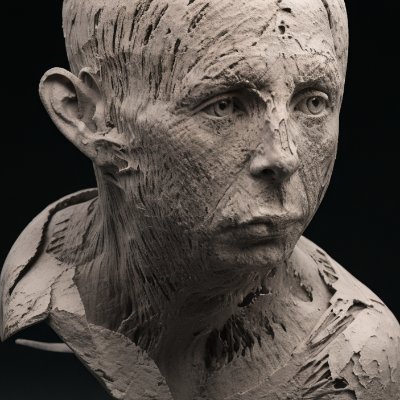How Does Dark Art Influence the Aesthetics of Metal and Rock?



In what ways does dark art shape the visual identity of metal and rock music?
Why are visuals so important for metal and rock music?
Since the early days of metal, visuals have played a vital role in defining the genre’s identity. Bands like Black Sabbath, Iron Maiden, and Metallica didn’t just revolutionize sound—they also introduced dark, powerful imagery that communicated rebellion and defied norms. The visual dimension is what takes the music beyond sound and into a full experience.
For fans, these visuals create an emotional link to the music. Dark art enhances the sense of immersion and strengthens the thematic message of the band.
How is dark digital art transforming the genre today?
Dark digital art is now at the forefront of metal and rock aesthetics. My project, Morpho, is a perfect example of this shift. Through digital tools like Blender and Houdini, I create worlds that blur the line between ancient and futuristic, ideal for metal bands seeking a unique, dystopian aesthetic.
Extreme subgenres like black metal or doom thrive on this visual expansion. The use of surreal, deformed beings and post-apocalyptic landscapes aligns with the otherworldly, dark themes of their music. As seen in Morpho, integrating complex 3D textures and simulations opens up new possibilities for visual storytelling.
How do dark visuals enhance live performances?
In today’s music scene, live performances are no longer just about sound. Festivals like Wacken or Hellfest are integrating digital visuals to elevate the concert experience. The union of sound and dark art is critical for a memorable show.
Dark digital art acts as more than just decoration—it amplifies the energy of a concert. When visuals are carefully curated to match the atmosphere of the music, it creates a multi-sensory experience that sticks with the audience long after the show ends.
What inspirations drive dark art in metal and rock?
In dark art, metal and rock musicians often find inspiration from sources like dystopian sci-fi, brutalist architecture, and ancient mythologies. In my work with Morpho, I blend these themes into a unique visual style where ancient ruins meet futuristic technology, and dark, decayed environments create an otherworldly atmosphere.
For bands, such visuals offer a way to tell stories that go beyond their lyrics, pulling their audience into new worlds. This blend of the primitive and the futuristic resonates deeply with the thematic exploration of both metal and rock genres.
Why is collaboration between musicians and visual artists so essential now?
The collaboration between musicians and dark digital artists like those in Morpho is transforming the music industry. Fans expect more than just music—they want a fully immersive experience. By working together, musicians and visual artists can expand creative horizons, creating something unique and unforgettable.
If you're a band looking to elevate your visual identity, I invite you to explore the possibilities of collaborating with Morpho.
Explore more at morpho.vision.